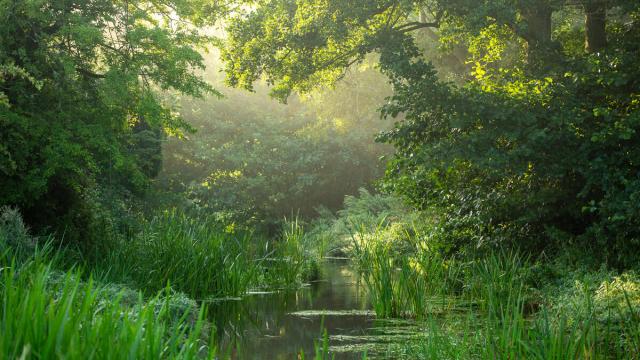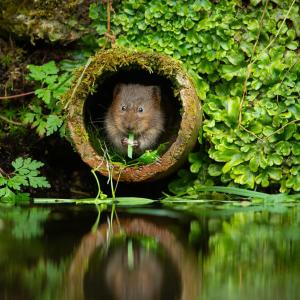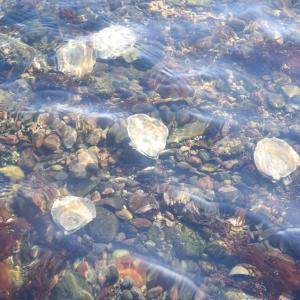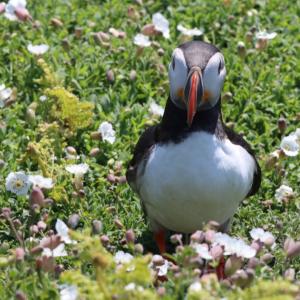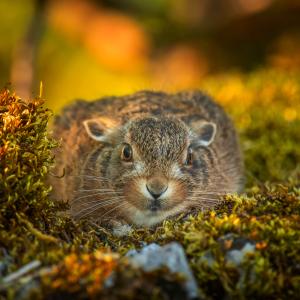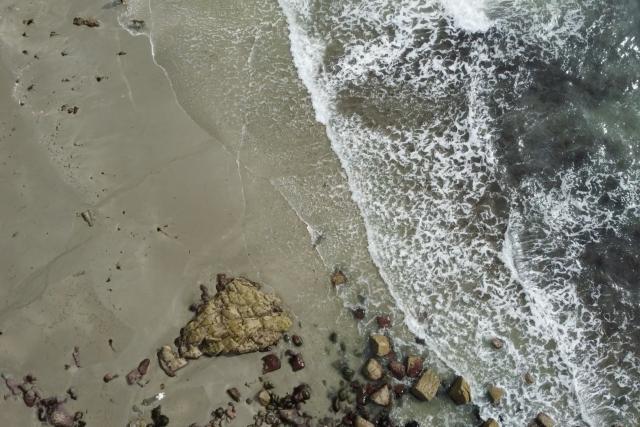
Why Wholescape
Humanity is facing a Triple Challenge. We urgently need to prevent catastrophic climate change by keeping global warming below 1.5°C. We need to halt and reverse the loss of nature. And we need to do this while supporting a growing global population.
These issues are interconnected – we can’t tackle them separately. We must look after our world – our land, rivers and seas – in ways that are good for the climate, good for nature and good for people. WWF and our partners are showing it is possible to think and do things differently in Norfolk, Pembrokeshire and the Firth of Forth.
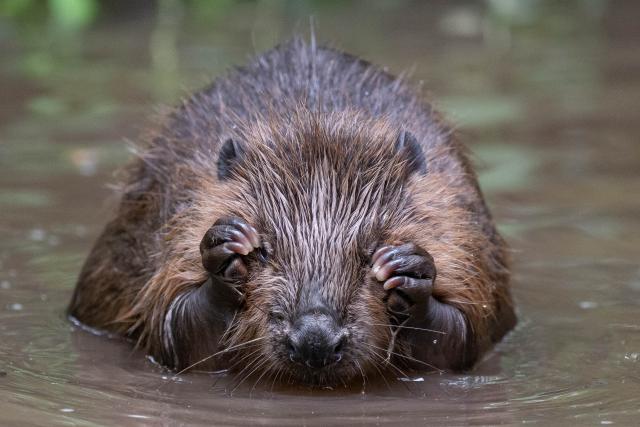
What does Wholescape mean
To halt and reverse the loss of nature and tackle the changing climate, it’s not enough to concentrate on isolated pieces, we need to shift our thinking to a bigger scale. WWF is exploring how to do this by working at a landscape and seascape scale. Working at this scale means that we can find solutions to the Triple Challenge, pointing the way to a future where people and nature can thrive together.
In the UK, we’re demonstrating how this can work through a programme we call Wholescape. But Wholescape doesn’t just belong to WWF – it’s a starting point for collaboration with many other people and organisations, all working together to turn an ambitious idea into a reality.
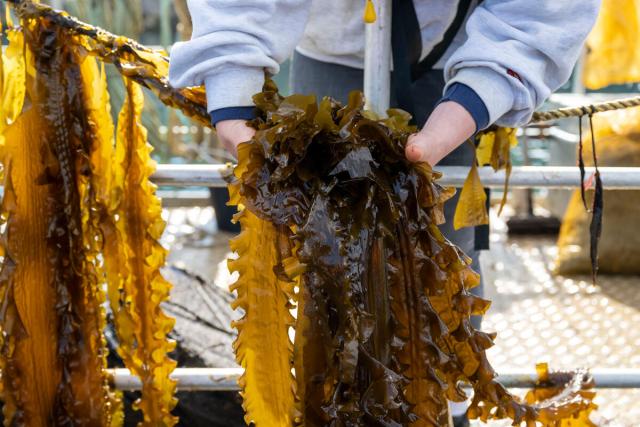
Balancing competing demands for a sustainable future
Tackling the Triple Challenge will create trade-offs, as we need to balance competing demands for land, water and resources for nature, climate mitigation, agriculture and other uses. But considering the needs of nature, people and the climate together can also bring multiple benefits – for example, restoring native woodlands, saltmarshes and wetlands can support wildlife, reduce the risk of floods, droughts and other climate-related impacts, and store carbon too. Taking a Wholescape approach helps make the most of the opportunities while managing the trade-offs.
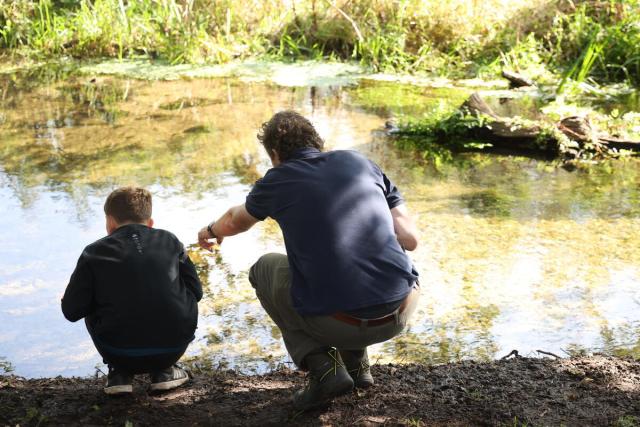
What we want to achieve
WWF is already supporting our partners to restore nature in Norfolk, with plans to do the same in Pembrokeshire. In Scotland, WWF is thinking Wholescape, expanding on the successes of Restoration Forth by exploring upstream and land-based changes that impact the Firth of Forth.
We’re aiming to restore nature and help mitigate climate change while supporting communities and improving people’s well-being across our Wholescape locations. But we want to have a much bigger impact than that. By 2030, our goal is to use the evidence from Wholescape to engage businesses and governments – we want the Wholescape principles to be applied across the UK to benefit nature, climate and people, and a healthier and more sustainable future for all.
Funding from our collaboration with the John Lewis Partnership has supported the development of this work and helped us establish our first pilot Wholescape in Norfolk.
